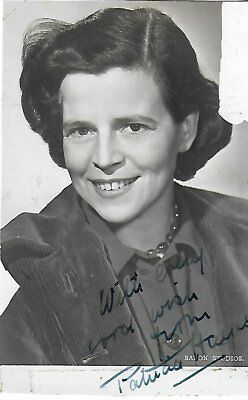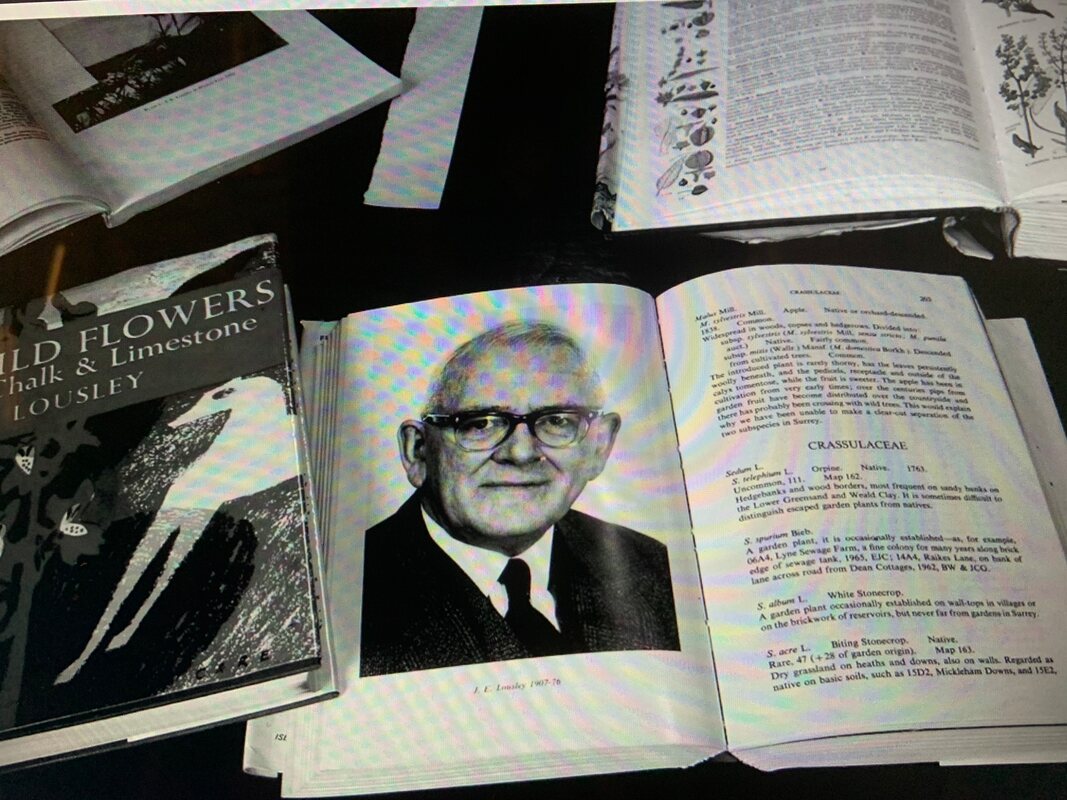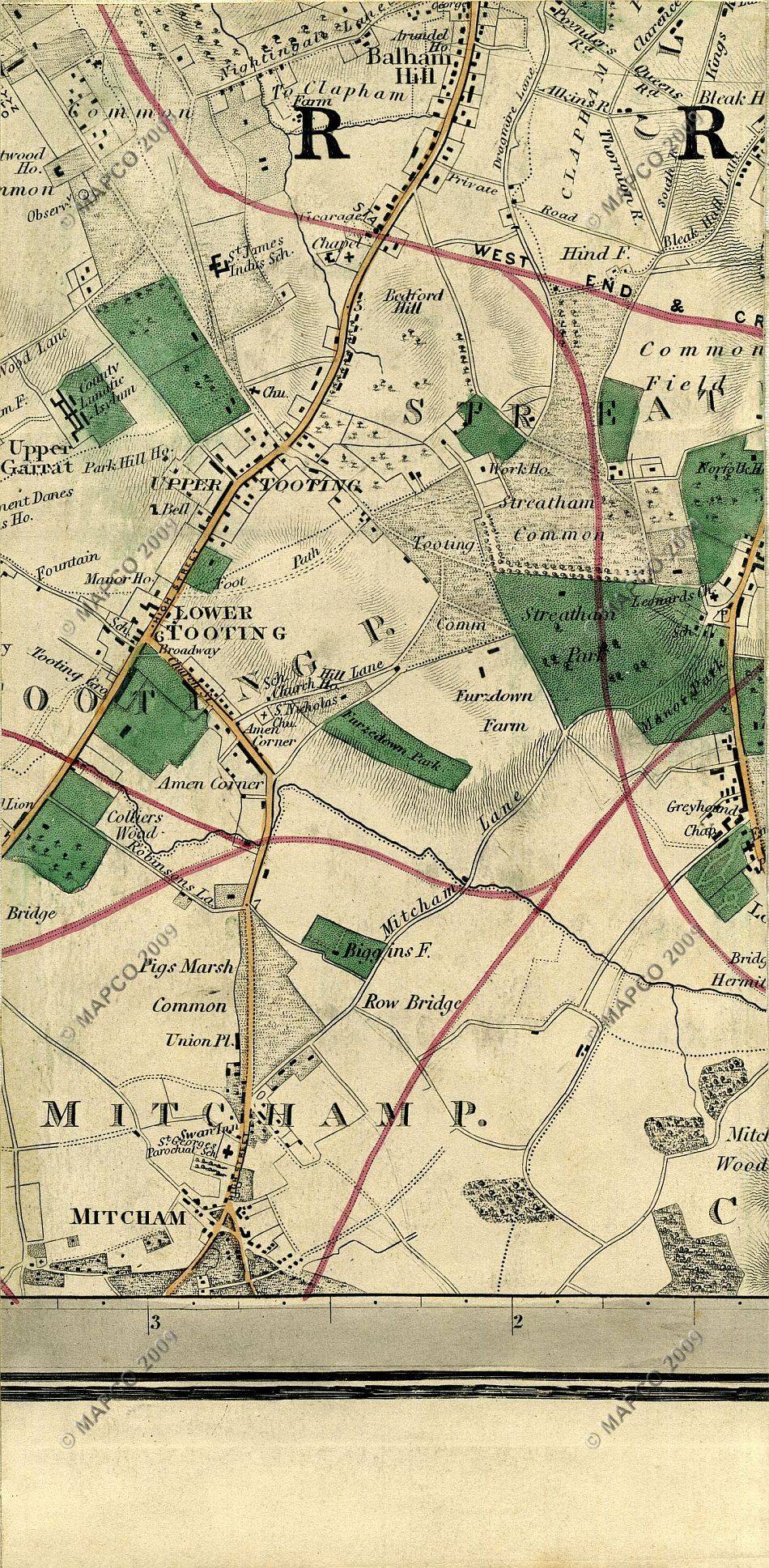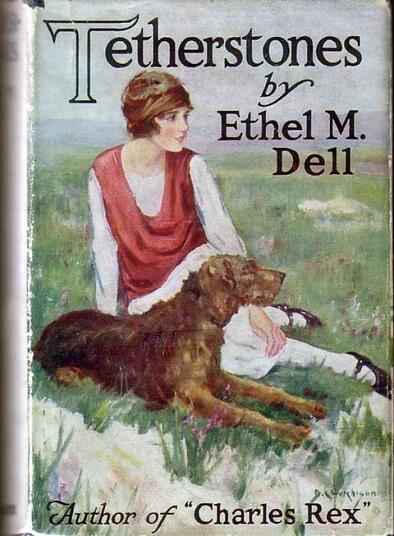
|
0 Comments
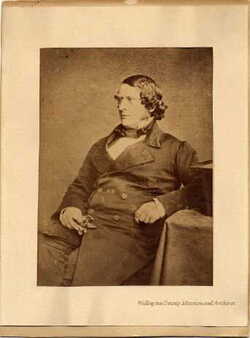 On This Day 19th September 1806 the painter William Dyce was born William Dyce FRSE RSA RA ; 19 September 1806 in Aberdeen – 14 February 1864) was a distinguished Scottish artist, who played a significant part in the formation of public art education in the United Kingdom, as perhaps the true parent of the South Kensington Schools system. Dyce was associated with the Pre-Raphaelite Brotherhood and played a part in their early popularity. Dyce was a Streatham resident and died in Streatham on 14 February 1864. He is buried in the churchyard of St Leonards Church in Streatham. He is also memorialised on his parent's grave in St Nicholas Churchyard on Union Street in Aberdeen and there is a street in Streatham named for him – William Dyce Mews in addition to the Dyce fountain on Streatham Green (Black and white portrait; Seated man with long hair holding gloves, identified as William Dyce, R.A.) On This Day 19 September 1998 Patricia Hayes died.
Patricia Lawlor Hayes(1909–1998), actress, was born on 22 December 1909 at 128 Sternhold Avenue, Streatham, London, the daughter of George Frederick Hayes, an Irish protestant (who converted to Catholicism) working as a civil service clerk in the Admiralty, a job he hated, and his wife, Florence Alice Lawlor, a mother who was keen to achieve her own stage ambitions through her daughter. The family later lived at 129 Pathfield Road Patricia Hayes studied at the Royal Academy of Dramatic Art where she won the Bancroft gold medal in 1928, her judges being Dame Edith Evans, Sir Gerald Du Maurier, and Frank Cellier. On This Day 18th September 1907 the Botanist and Banker Ted Lousley was born. A resident of 7 Penistone Road, Streatham
As part of the Lambeth Heritage Festival (2017) , the South London Botanical Institute put on an event to celebrate the anniversary of the birth of Job Edward (Ted) Lousley, a Streatham based botanist, prolific author and past President of the SLBI. His final address was 7 Penistone Road, Streatham. He was a governor at Woodmansterne and Granton Schools and a member of the Streatham Ratepay- ers’ Association. I thank the Institute for providing a copy of the exhibition notes to use for this article. Ted Lousley was born in Clapham on 18 September 1907 and lived for most of his life in Streatham, dying on 6 January 1976. He attended a Brixton primary school, and later Selhurst Grammar School. He first visited the South London Botanical Institute as a schoolboy. He left school at 17, and was subsequently employed by Barclays Bank, first in south London, and eventually in the Trustee Department of the Bank’s head of- fice, in the city. At the age of 19 he served on the council of the British Empire Naturalists’ As- sociation. Later he was prominent in the Botanical Society of the British lsles (now the Botanical Society of Britain and Ireland), the London Natural History Society, and the SLBI, in due course serving as president of all three. ln addition to numerous articles in the journals of the BSBI and LNHS, he pub- lished four books: Wild Flowers of Chalk and Limestone, Collins New Natural- ist series, no.1-6 (1950); Flora of the Isles of Scilly (1971); Flora of Surrey (1976); Docks and Knotweeds, completed by D.H. Kent and published by the BSBI (1981). A commemorative plaque to Job Edward Lousley, ‘banker and botanist’ can be seen in St Olave’s church, Hart Street, in the City of London, near a memorial to William Turner (1509/10-1568), who is considered to be the ‘Father of British Botany’. (Judy Harris- Streatham Society) 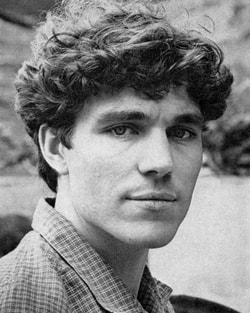 On This Day 18 September 1946 the actor Nicholas Clay was born Clay was born in Streatham as Nicholas Anthony Phillip Clay to Rose and Bill Clay, a sergeant in the Royal Engineers. He studied at the Royal Academy of Dramatic Art and began his acting career in the early 1970s with small parts in film and television. His most widely seen screen performance was as Lancelot in the film Excalibur. Image RADA. On this day in 18th September 1709, Samuel Johnson was born in Lichfield, Staffordshire. Famous for his ability to capture the human condition, we can still relate to many of his works and quotes whilst navigating a very different life and world.
Dr Johnson regularly stayed at the Thrale's House, Streatham Park/Place where he was integrated as one of the family. He worshipped at St Leonard's Church in Streatham in the Thrale's pews. In 1765 when Johnson made the acquaintance of the rich Thrale family. The husband Henry was a businessman and MP, while his wife Hesterwas a well-born woman with literary interests and considerable social gifts. She soon became Johnson's most confidential friend. In addition to their home at the family brewery in Southwark, the Thrales had inherited a country estate at Streatham, 10 miles south of central London. Johnson first visited the couple in 1766, and within a few years he was allocated his own quarters at Streatham Park, where he spent prolonged periods. A chemical laboratory was even set up there in 1771 for his use, until Henry Thrale decided that the would-be scientist might have an accident owing to his short sight and go up in smoke. A library wing was added to the house, and here in 1780 Thrale hung up thirteen portraits by Reynolds, with pictures of his own wife and daughter joined by the principal members of Johnson's circle. (Pat Rogers) Image Samuel Johnson by Sir Joshua Reynolds, 1756/7© National Portrait Gallery, London On This Day 17 September 1939 Ethel Dell died Ethel Mary Dell (Savage) 1881–1939), novelist, was born on 2 August 1881 at 61 Hayter Road, Brixton. Her father had followed his father into the Equitable Life Assurance Company, and the family were comfortable but not affluent. The children were initially educated at home by their mother; in 1890 the family moved to Polworth Road, Streatham, London, and in 1893 Ethel and her sister Ella were sent to Streatham College for Girls, where they remained until 1898. Ethel M. Dell originally began to write stories at school to amuse her friends, and her father had some privately printed. 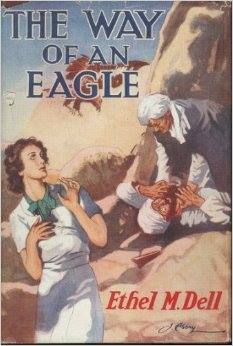 Her first and best known, The Way of an Eagle, went through many refusals and redraftings before being accepted by T. Fisher Unwin for his First Novel Library in 1912. It became an immediate best-seller, and she subsequently published thirty-two more novels, eight volumes of short stories, and a book of poems, her last novel being published in the year of her death. In 1921 she met Lieutenant-Colonel Gerald Tahourdin Savage (b. 1883) of the Royal Army Service Corps, whom she married on 7 June 1922. They had no children, and she is said to have disliked them, much preferring her dogs. (Harriet Harvey Wood) 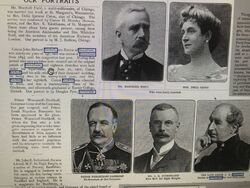 The Reverend John Nichols, Rector of St Leonard's Streatham. Image Douglas Pym of Streatham The Graphic 16 September 1905 Canon John Richard Nicholl, later Rector of Streatham was 96 years of age, and was rector of Streatham from 1843 until his resignation last year. During the period 9 new parishes were created out of the original parish of Streatham and 18 churches were built under his supervision 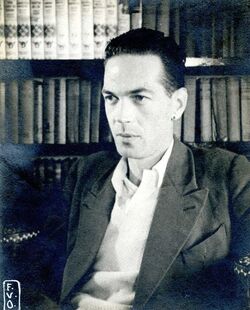 On This Day 16 September 1980 Gerald Verner died. He was born in Streatham in 1897 (aka Thane Leslie, Derwent Steele, Donald Stuart, Nigel VaneGerald Verner) Gerald Verner (1897-1980) was a prolific writer of thrillers and wrote more than 120 novels translated into over 35 languages. Successful stage plays included adaptations of Peter Cheyneys The Urgent Hangman into Meet Mr.Callaghan (1952) and the Agatha Christie thriller Towards Zero (1956). Many of his books were adapted into radio serials, stage plays and films. In the 1930s he wrote for the magazines The Thriller and Detective Weekly. With changed names of titles and the protagonists many of these stories were recycled as novels for the publisher Wright & Brown. His style was heavily influenced by that of Edgar Wallace. He was born John Robert Stuart Pringle in Streatham, London on 31st January 1897 and died of natural causes at Broadstairs, Kent, England on 16th September 1980. The Duke of Windsor was an avid fan of Verner's thrillers and was presented with a special edition of 15 of them bound in blue. In his early days he used to write entirely under the name of Donald Stuart, including 44 stories for the Sexton Blake Library. He also wrote 6 stories for Union Jack and 3 for the The Thrillerunder this pseudonym as well as two stage plays and two films. His other pseudonyms include Derwent Steele and Nigel Vane. (Fantastic Fiction) |
AuthorMark Bery, Secretary Streatham Society Archives
March 2024
|
